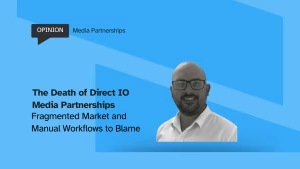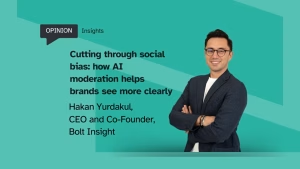These articles have been written by the latest cohort of the Practice Makes UnPerfect programme – a course that helps women find and finesse their public voices.
By Sanika Tillway, Freelance Marketing Consultant
I remember it well: a 3-hour long group call with a client; me, sat on mute, crying from being overwhelmed with work.
I only unmuted myself once on that call, when my name was mentioned. I agreed to something without even really registering what I was agreeing to, knowing that I’d have to listen to a recording of the call later to remind myself of what had taken place. That’s when the penny dropped. I was burnt out.
The Maslach Burnout Inventory breaks down Burnout Syndrome into three sub-categories:
- emotional exhaustion,
- personal accomplishment
- and depersonalisation ( the latter is characterized by impaired and distorted perception of oneself, others, and one’s environment).
In 2019, the World Health Organization included burnout in its International Classification of Diseases describing it as “a syndrome conceptualized as resulting from chronic workplace stress that has not been successfully managed.” Naturally, this indicates that the solution needs to come from employers. They need to fix what’s wrong with the system.
Employees aren’t afraid to jump ship either, and this phenomenon is global. A Microsoft study reported that 41% of workers globally are thinking about handing in their notice; a UK & Ireland study found that 38% of employees were planning to leave their jobs in the next six months to a year; while a US survey reported that 95% of workers were considering leaving their jobs, with burnout being cited as the number one reason.
According to a 2021 survey on burnout, employees reported being asked to take on more work; toxic workplace culture (gossip, sexism, excessive workplace politics, bullying, etc.); being asked to complete work faster; and micromanagement at work as the top reasons contributing to burnout.
In response, leaders have attempted to come up with solutions that can help employees feel better, such as Zoom yoga, online meditation app subscriptions, providing mental health resources, and hosting mindfulness workshops. What employers have previously failed to acknowledge is that wellness tech and workshops aren’t going to solve the problem; they’ll simply act as a small band aid. Instead, interventions that help employees get better (without overwhelming them further) will.
One of the ways employers can make employees’ lives better is by enabling a greater sense of control in the workplace. A 2020 study found that involving employees in decision-making and enhancing their job control (decision authority over their jobs) and social support (positive feedback from supervisors), while resolving issues of job mismatch led to a decrease in exhaustion and depersonalization.
Small interventions are all it takes to make employees feel seen and heard. For example, when employees are brave enough to set boundaries, encourage others to honour them, instead of pushing the person to be part of just one meeting, send that email or call someone back at an ungodly hour.
There’s no such thing as work-life balance; instead the idea is to have work-life integration, where it doesn’t feel like your work is eclipsing every other part of your life. A big part of this is being constantly connected through tech. During the pandemic, checking email and being interrupted by digital messages was found to be linked with employees experiencing greater stress. It’s important to emphasise psychological safety here, in communicating to employees that it’s okay to not respond to emails, phone calls and wind down outside of work hours.
Managing this, and addressing BS, is easier said than done. However, the VIA Institute follows a character strengths-based approach, rooted in Positive Psychology, as a scientifically-validated pathway to help individuals improve their lives, work and relationships. Two strengths-based interventions that I recommend to individuals to combat stress and burnout are:
- Overcoming Stress With Humour: Take one minor stressful event in your day and consider how you could use humour and playfulness to solve that problem in a humorous way. Then, consider how you could potentially use Humour for future problem solving.
- Pausing Mindfully: When you find yourself worrying or stressing out, going into overthinking mode, hit pause. Pause and notice your own breathing for 10-15 seconds. Turn your full attention to your breath. If you’ve taken the VIA Survey, you might want to consider asking which one of your top character strengths you may want to bring forward now.
There is no one approach that is guaranteed to work; employers need to try different things themselves to help these employees to recover and thrive. Surface-level interventions that lack substance are like telling someone who burnt their hand to apply ointment. Instead, employers need to be doing enough to get the hand away from the fire.











